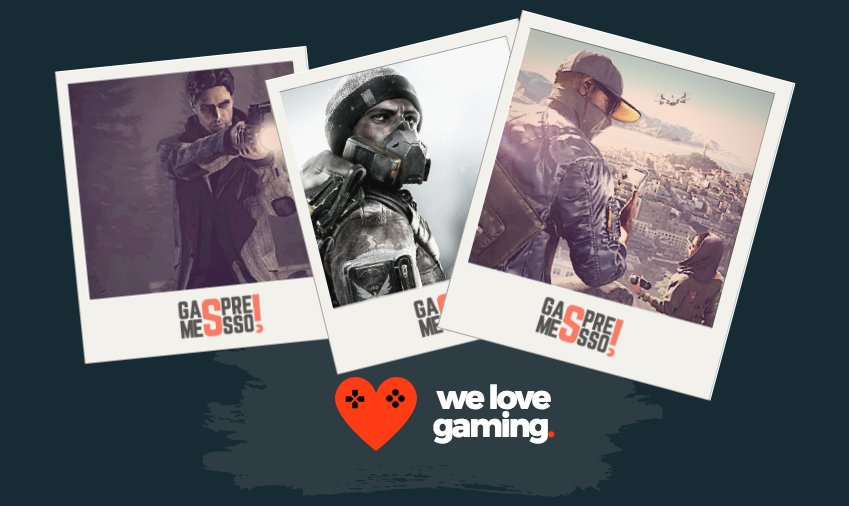I had the opportunity to talk with Mathieu Fremont from the French Studio OSome Studio on the influences behind their new game White Night.
G – First off, if we could get your name and what your role on the game White Night is.
M – I’m Mathieu Fremont, I’m both the producer and programmer for the company. I worked on all the assets production and integration issues, as well as shaders and edition tools. But as we’re a 3 person company, we’re all involved in all the aspects!
G – If you could describe White Night in twenty words or less, how would you do it?
M – [Laughs] That’s the kind of exercise we’re trying to do for every press release! I would say “An old school survival horror game where you explore a manor and try to light your way in this black and white universe”
G – The first thing that sticks out about the game is its striking black-and-white art style. In the E3 2014 trailer, it states that the game is influenced by the first Alone In the Dark, Alfred Hitchcock films, and German expressionism. Could you elaborate upon how each of these things, especially the latter of the two, come into play to make the over-all game? Also, could you give specific examples of which films, expressionists, etc. influenced White Night?
M – That’s true, even if we removed this texts from the newest trailers to concentrate more on the “noir” aspect. For Hitchcock, there is at the same time the “suspense” thing, it’s not horror, it’s not gore, but it gives you chills. There is also fixed camera angles that he likes to use. German expressionism gave us ideas for camera angles that deform perspectives and shape of objects. For example in White Night, focal distance (zoom) can be really different from one camera to another. We also like to tilt the camera, that’s not common and helps to have an uncomfortable feeling when we play.
Films would be Psycho, Repulsion, The Tenant, Cabinet of Dr Calligari…
G – The Osome Studios website says that the studio came to be because of “the vision of a mature and open-minded video game in terms of substance and production technics.” Could you define that and explain how White Night exemplifies this?
M – We worked for 10 years in medium & big studios, and we think some have not a mature vision of game production. They produce like we did 15 years ago, but with million dollar budgets, wasting time and money in the name of creativity. With White Night, we wanted to prove that you can do a high quality game with a really small budget, and still be really creative. You just have to schedule, have strong directions, and focus.
G – The Osome website also states that the studio is comprised not only of video game developers, but also individuals that come from the theater, opera, and cinema worlds. How does having a team made up of such artistically diverse people effect the development process? Does it create a more organic environment where people can focus on their area of expertise, rather than trying to cover all bases?
M – In Osome Studio, there is a core team that chooses the important aspects of the game and what direction production should take. Then, people from other areas help, and bring their own vision and experience. For example, for motion capture, we worked with a theatre comedian from Norway (Frodis) that was in France at this time. She’s not a motion capture professional and this added a lot of freshness in the animations. Then we remarked that this girl was singing very well, so we decided to write lyrics and give it a try. In the end, everything mixes, you’ll find references to Norway in the White Night story, and Frodis is the girl playing in the live music video… Life is full of opportunities!
G – In closing, is there any thing you would like to say about White Night or OSome studios?
M -We’re proud of our game. It looks like the game we wanted to do from the start, and it fits the indie budget we had. Like I saw on a review, “White Night is an imperfect gem”.
|
|


